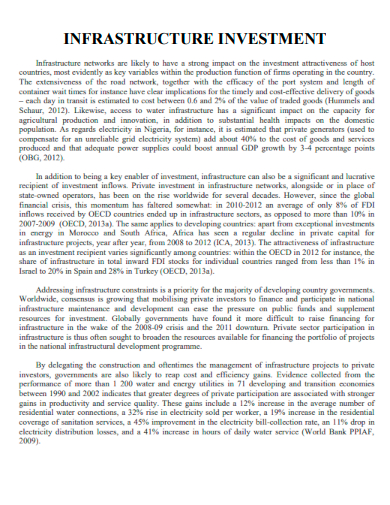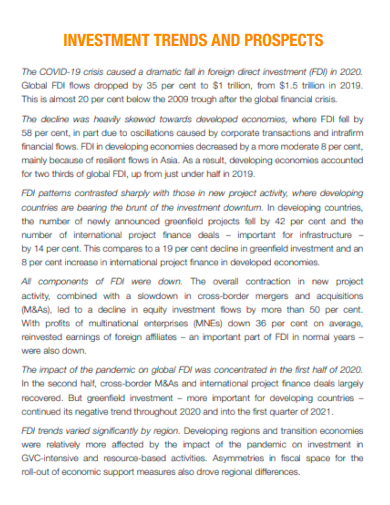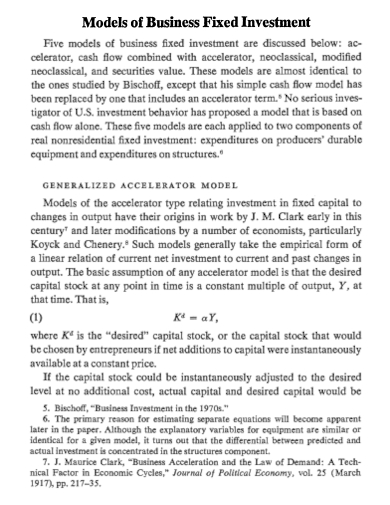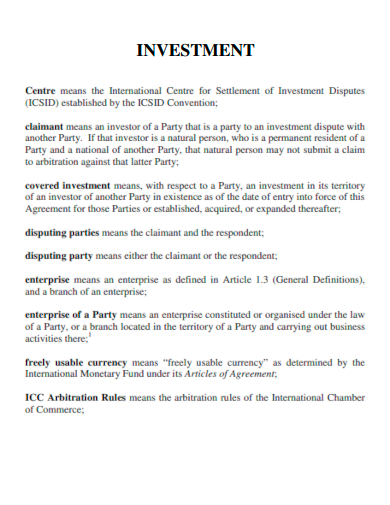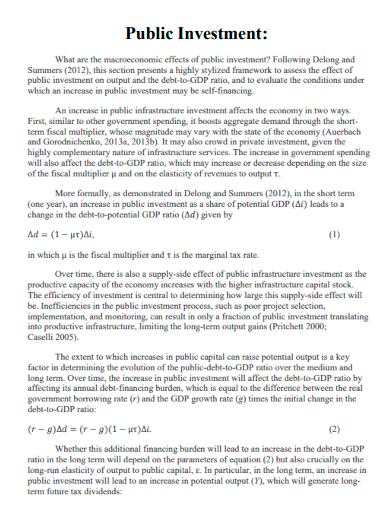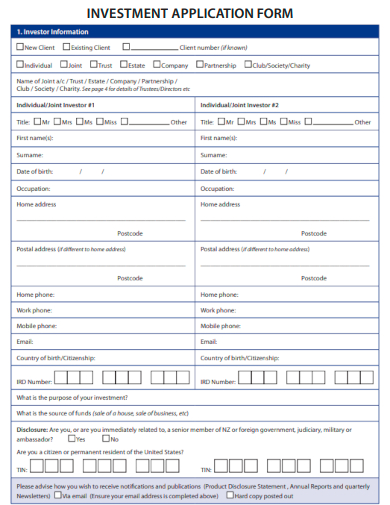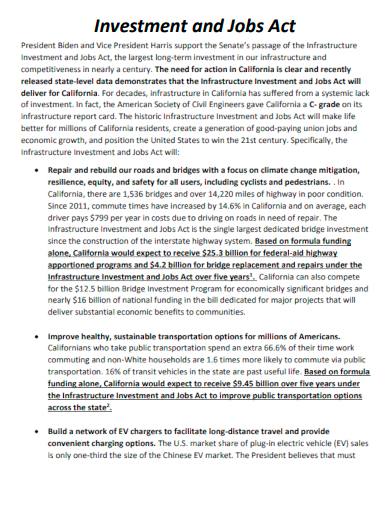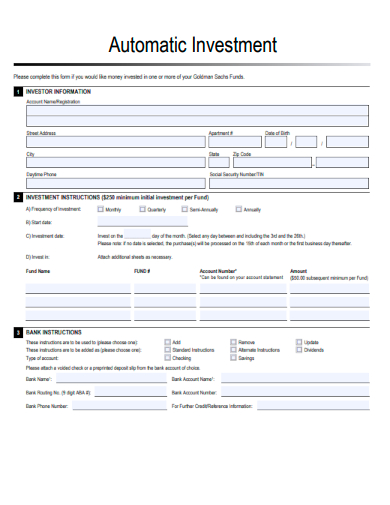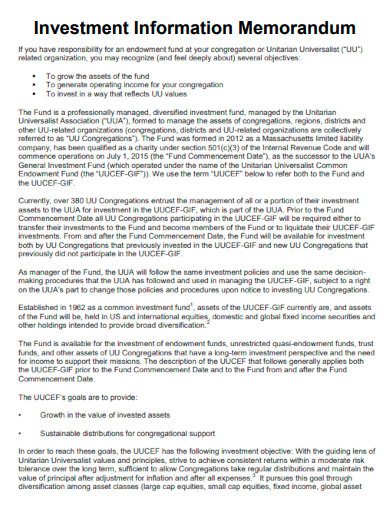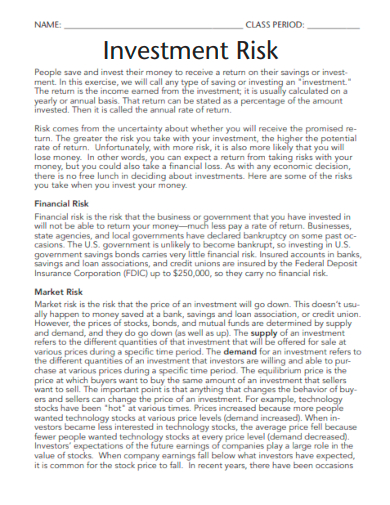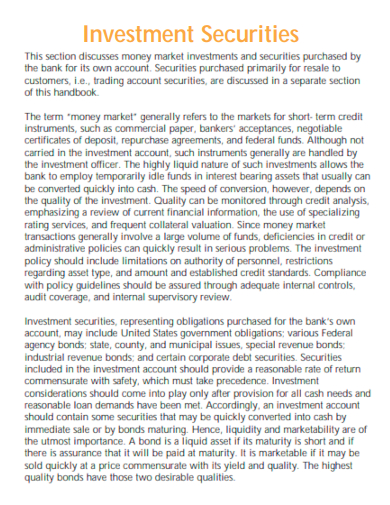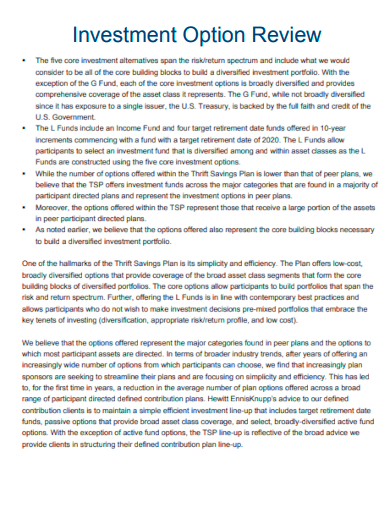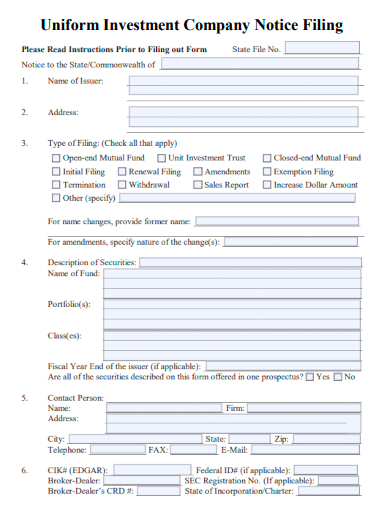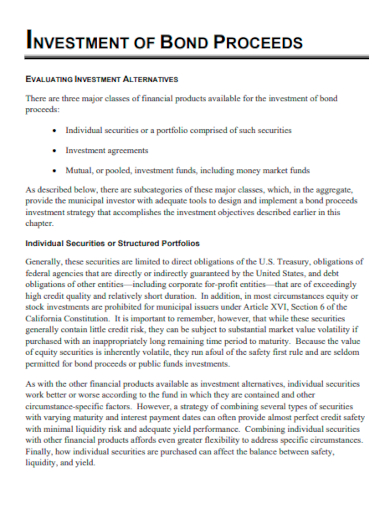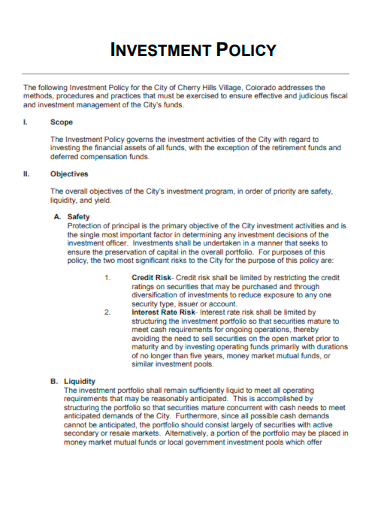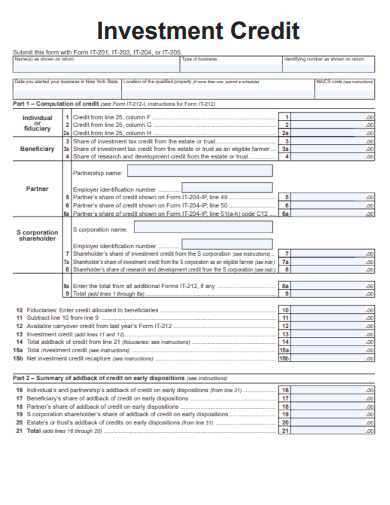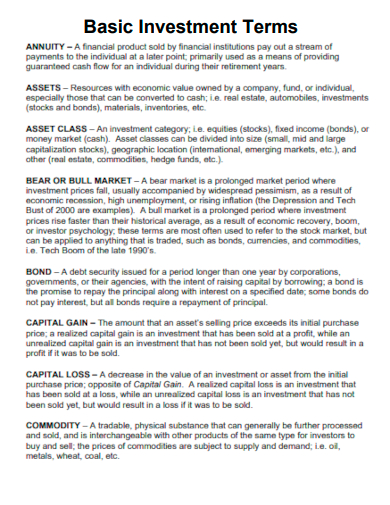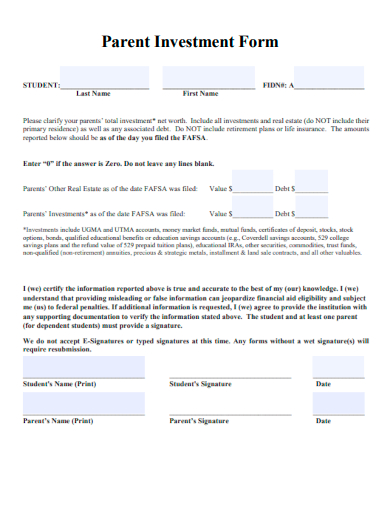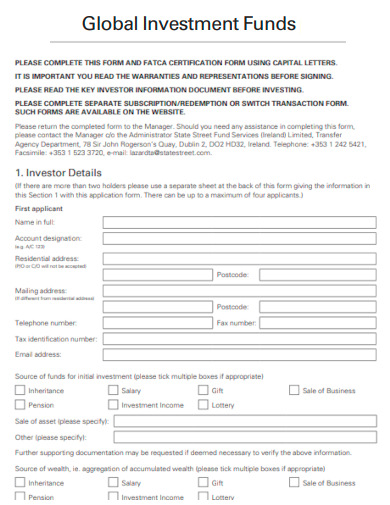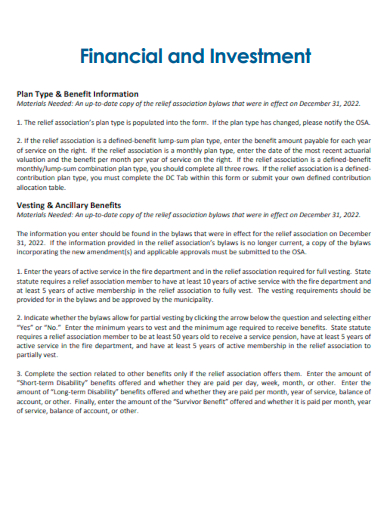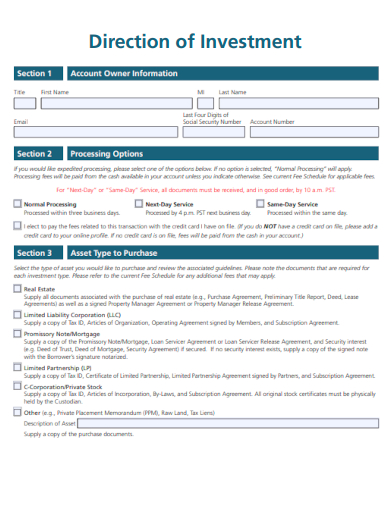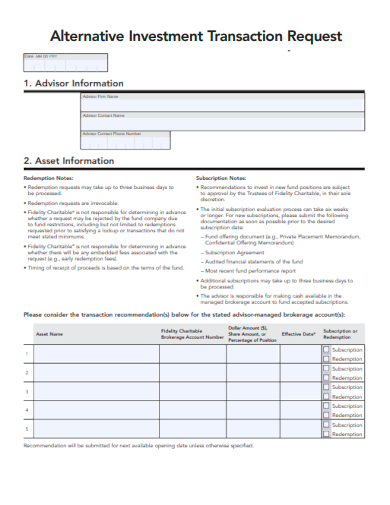The income earned by a business or company can be used to achieve its financial goals by fulfilling the shortages in debt repayment, income, student loans, and more which then leads to the achievement of business goals and completing the execution of business management plans. It can also be used by investors to buy more assets that will help them generate more income and establish further investments. Investment is another form of savings that is generated through an attractive rate of return.
30+ Investment Samples
1. Return on Investment Template
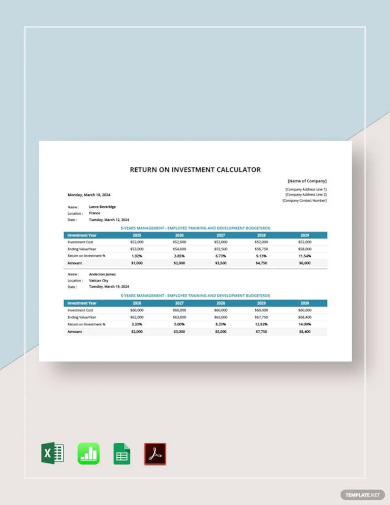
2. Investment Analysis Template
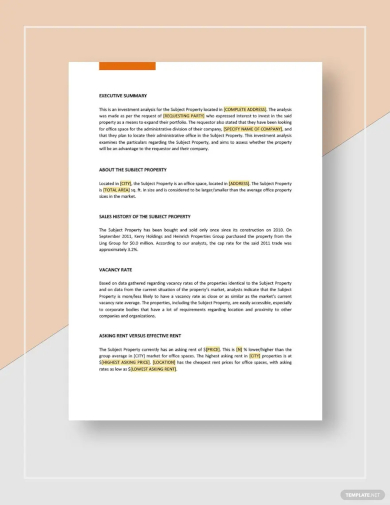
3. Investment Prospectus Template

4. Infrastructure Investment
5. Investment Trends & Prospects
6. Models of Business Fixed Investment
7. Basic Investment
8. Future Investment in Drinking Water
9. Public Investment
10. Investment in Higher Education
11. Investment Application Form
12. Investment and Jobs Act
13. Proof of Investment
14. Automatic Investment
15. Investment Information Memorandum
16. Investment Risk
17. Investment Securities
18. Investment Option Review
19. Uniform Investment Company Notice Filing
20. Investment of Bond Proceeds
21. Collective Investment
22. Investment Policy
23. Investment Credit
24. Basic Investment Terms
25. Parent Investment Form
26. Summary of Investment Types
27. Global Investment Funds
28. Financial and Investment
29. Direction of Investment
30. Permissible Investments Worksheet
31. Alternative Investment Transaction Request
What is an Investment?
Investments refer to an asset that is acquired or the money committed with an aim to generate income or appreciation in the future. Appreciation is where an increase in the value of a particular asset happens over a certain period of time. When you buy a product as an investment, it is not to use or consume the product but to use it in the future to earn income or wealth. The term investment can be any means to generate future income such as the purchase of stocks, real estate property, or bonds. Other investment-related templates you can use include film investment proposals, investment company profiles, small business investment agreements, and investment receipts.
How to Create an Investment Plan
Creating budget plans and strategic planning are deemed meaningless unless you make an actual investment plan to help you move on the right track or direction. Planning for an investment involves determining the reason for doing so. Is it to prepare yourself for retirement or to make an extra source of earnings? You also have to consider your financial situation, goals and timeline, and the amount of risk you are willing to take.
Step 1: Determine Your Financial Standing at the Moment
Start by defining your current financial standing so you can determine how much money have in your possession to invest. This can be done by creating a budget to assess the amount of disposable income you have monthly after your expenses and savings.
Step 2: Provide a Definition of Your Financial Goals
Defining your financial goals will also help you in determining the timeline or the time horizon for how quickly you can make income from your investments. Your financial goals can be categorized into three which are safety, income, and growth. Choose one from these categories so you can determine the most effective investment path to take.
Step 3: Identify Your Risk Tolerance and Choose Your Investment
Once you have decided on your financial goals, identify how much risk you can take. Then, decide on which type of investment you want to invest in like bonds, mutual funds, and stocks. After choosing where to invest, ensure to diversify your investment portfolio template to maximize your stability and growth.
Step 4: Monitor and Check on Your Investment
After making your investments, make sure to monitor them. Check them to determine whether your investments are performing well then decide if you have to rebalance them. Rebalancing involves bringing back your portfolio’s composition to its initial asset allocation.
FAQs
What are the categories of investments?
Investments are categorized into two types which are fixed-income investments like bonds and debentures and variable-income investments like real estate and equities.
What are the different types of investments?
The different types of investments include stock market investments, investments in debt securities, and investments in derivative securities.
What is the purpose of making investments?
Businesses and individuals create investments to safeguard their money, grow their savings, establish funds for emergencies, secure their retirement, save tax, and support bigger life and personal goals.
An investment is an effective method of putting an individual’s money into an asset that will eventually grow in value or generate income. Savings can become an investment once they are put into assets that carry investment risk which you can use as emergency funds, to purchase property, secure your retirement, and more. Investments can be in the form of bonds, mutual funds, stocks, public provident funds, and unit-linked insurance plans.
Related Posts
Weekly Schedule Samples & Templates
Contractual Agreement Samples & Templates
FREE 9+ Amazing Sample Church Bulletin Templates in PSD | PDF
Sample Business Card Templates
Sample Cashier Job Descriptions
Questionnaire Samples
FREE 10+ Sample HR Resource Templates in PDF
FREE 10+ HR Consulting Business Plan Samples in MS Word | Google Docs | Pages | PDF
FREE 49+ Sample Job Descriptions in PDF | MS Word
FREE 16+ Nonprofit Budget Samples in PDF | MS Word | Excel | Google Docs | Google Sheets | Numbers | Pages
FREE 13+ Academic Calendar Templates in Google Docs | MS Word | Pages | PDF
FREE 10+ How to Create an Executive Summary Samples in Google Docs | MS Word | Pages | PDF
FREE 23+ Sample Event Calendar Templates in PDF | MS Word | Google Docs | Apple Pages
Company Profile Samples
FREE 10+ Leadership Report Samples [ Development, Training, Camp ]

